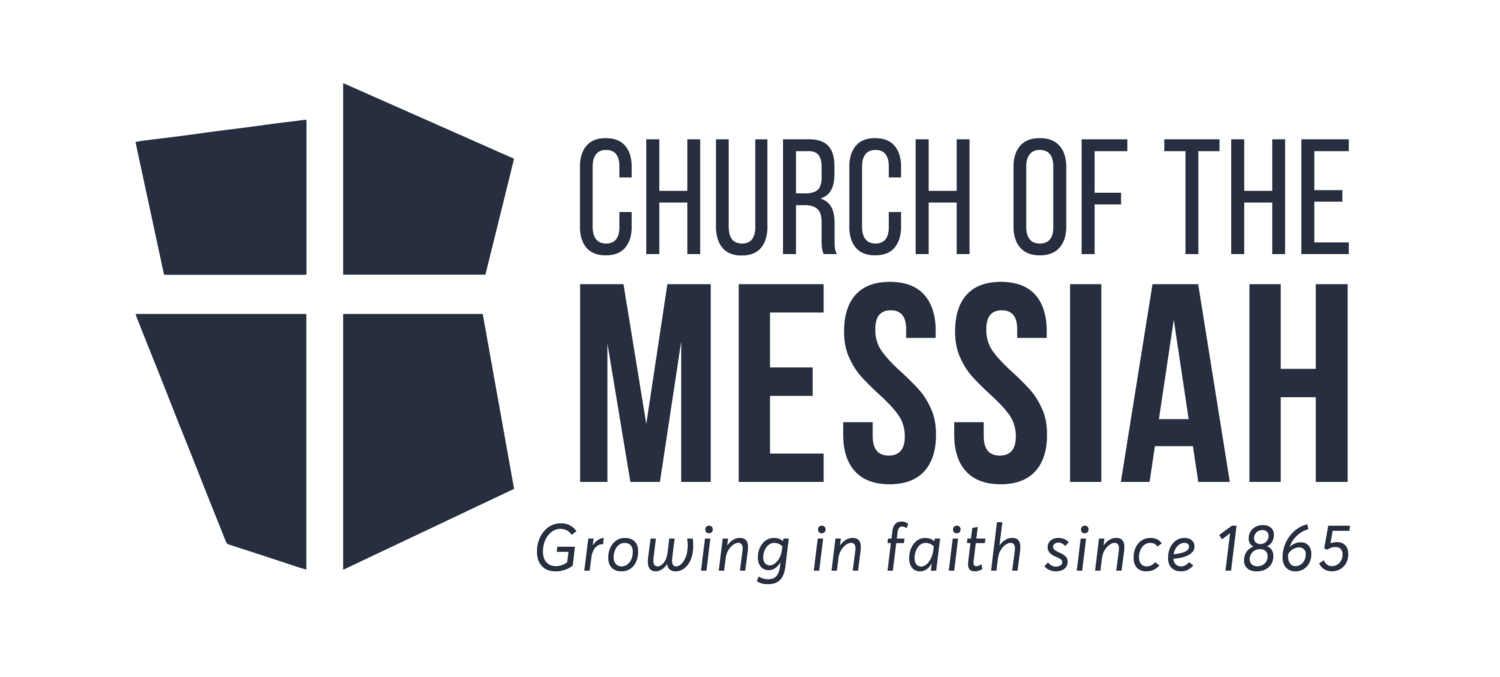WHAT'S UP WITH THE ODD SERVICE?
Dear Friends,
Two Sundays ago, our main morning service included the Sunday School Christmas pageant. We shortened parts of our service to incorporate the pageant. Last Sunday we had the Arise Ballet Company as an important part of the main worship service. Once again other parts of our service were abbreviated or left out so that the ballet could be a part of the worship service. This week we go in a very different direction. We go “old”. We use a service of worship from 1552. The spelling has been updated. The “Thees and thous” language has been updated. A couple of long exhortations and one prayer have been removed. We use “the summary of the law” rather than the whole Ten Commandments. But the service is unchanged in its main parts and its shape. This will feel very odd to many. So why are we doing this? Part of the answer is that we live in a culture where a tradition might only be a year old. Many people desire something truly old and not just old, but also “thick” and “deep” with “gravitas”. With only some minor changes in 1662, the service today has been used by Christians all over the world from 1552 to today. This service is the background influence for all of the communion services we use at Messiah. Here are some things to think about.
First, the service is deeply and extensively biblical. Its language is filled with biblical allusions and quotes.
Second, the service was developed by a very serious Christian. The chief architect of the service and of the Book of Common Prayer was Thomas Cranmer. In 1556, he was martyred, burned at the stake as a heretic. He refused to recant of his protestant and biblical beliefs, so he died.
Third, the service by its language and structure teaches a different understanding of worship than is common today. Unconsciously, we tend to think of worship as something we do on a Sunday morning. We gather together to give Him praise. We gather and hope He shows up. We initiate and God hopefully responds. We express and bear witness and the Lord receives. This old service models and shapes the opposite. We gather in the Lord’s name to receive from His hand. He gives, we receive. He speaks, we listen and respond. He initiates and we respond. By the way, I think this most closely reflects biblical teaching. After all, God is more willing to speak to us than we are to listen. He is more willing to listen than we are to speak. It was while we were dead that Christ made us alive, while we were enemies of God that the Lord made peace. “This is love, not that we have loved God, but that He loved us and gave His son as a propitiation for our sins.” (1 John 4:10)
Fourth, the written prayers are both outstanding examples of concise theology and a prayer. When we pray the prayer out loud or listen to the prayer prayed, we are praying and learning. We are being formed in a godly manner.
Fifth, the prayers can become rote, lifeless, and dead. The service is great, but it is only a part of the Christian life and Christian worship. The music, the sermon, the manner of the service, matter immensely. The churches evangelism, discipleship, and community all matter immensely. Our private prayers, small groups, and Christian friendships all matter immensely. So wise Christians will not have one service form carry a weight it cannot carry.
Sixth, the service stretches us. It sometimes uses theological and philosophical words which are not easily accessible, but this is a good feature, when the service is part of a godly Christian Church. We learn the words, then learn their meaning or through the sermons (and other means) we learn the meaning and then one, day to our great delight we realize that odd word is the one word which has the meaning we already love and believe.
George +
